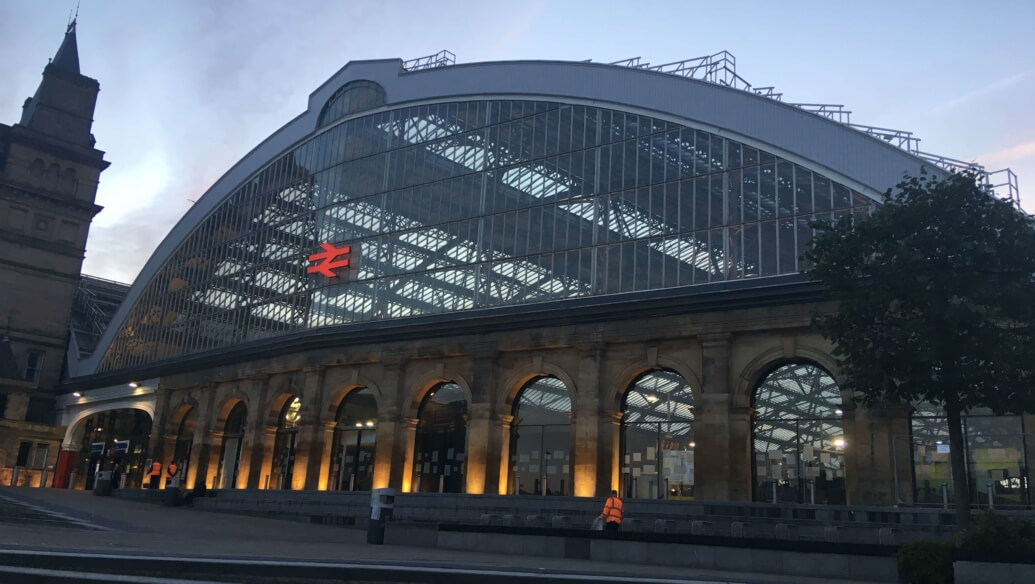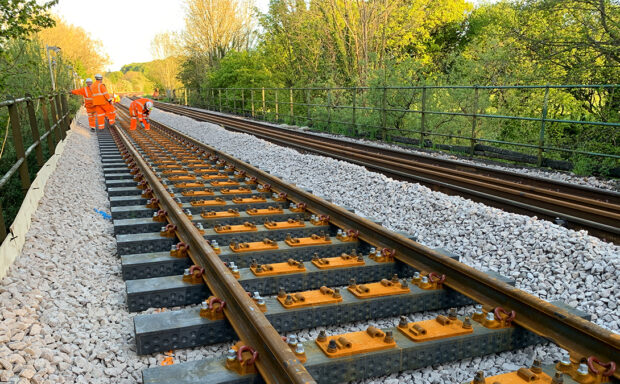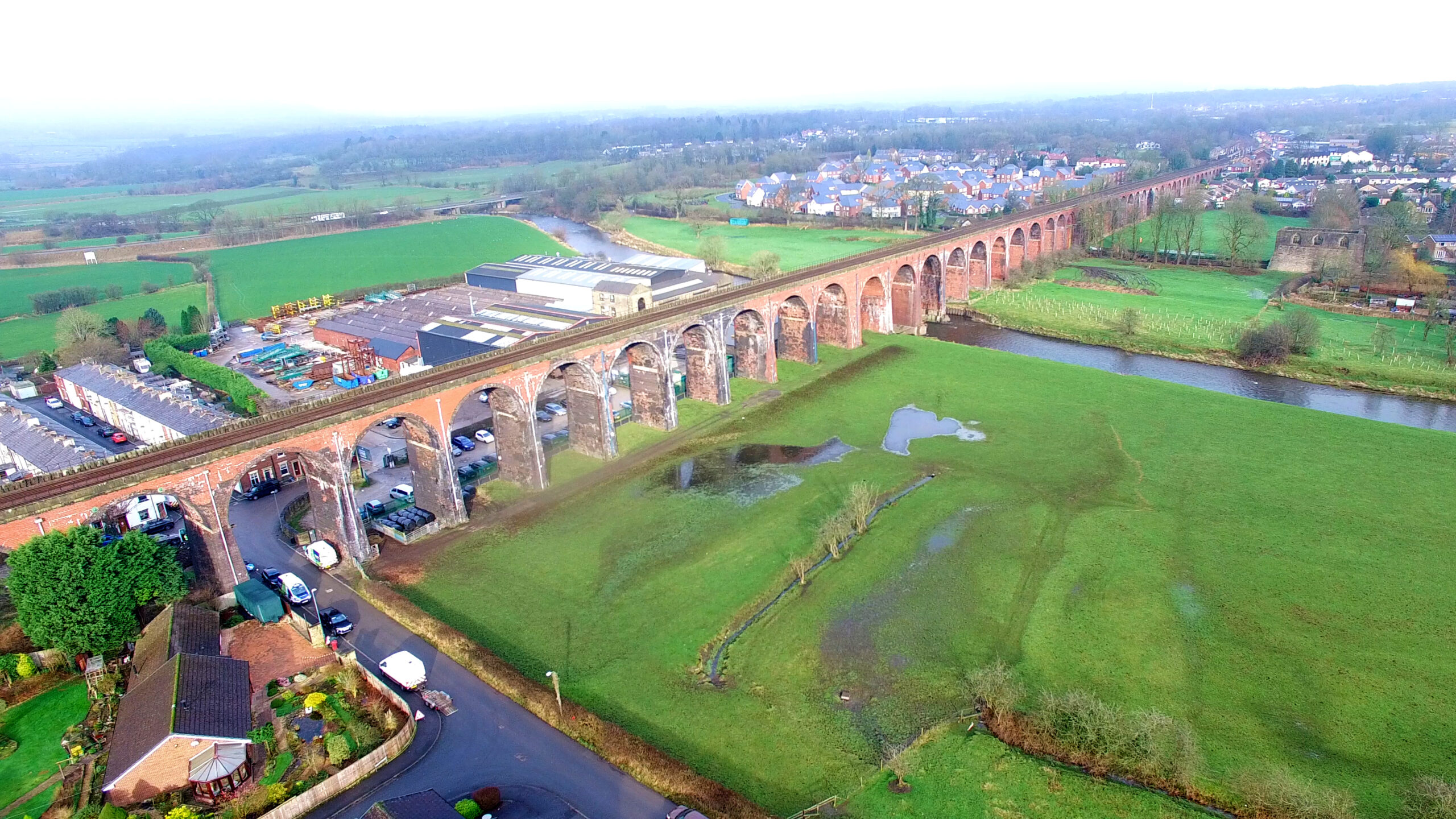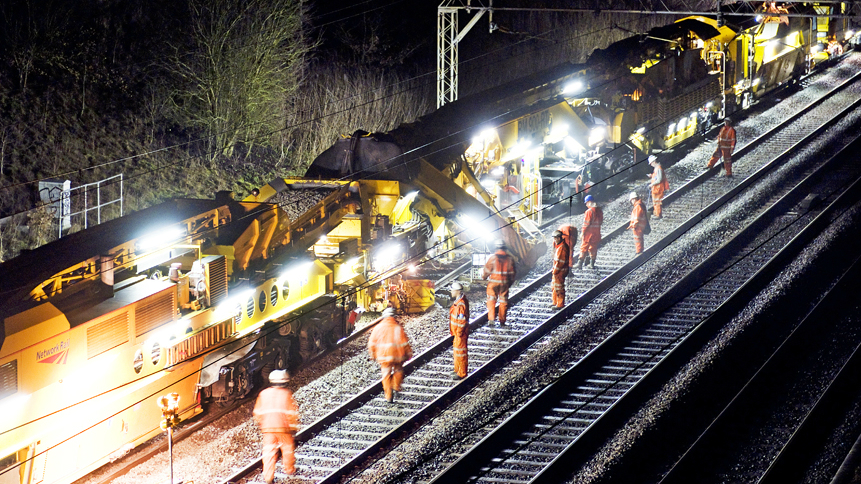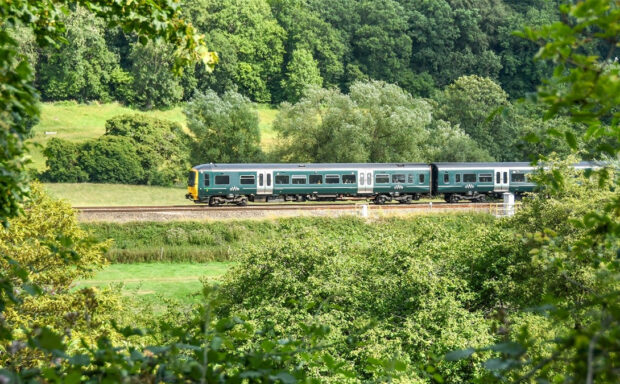Liverpool Lime Street’s reopening for train services in July 2018 was a major milestone for the Great North Rail Project – a multi-billion-pound scheme to improve transport in the region.
An eight-week closure of Merseyside’s gateway station enabled us to transform travel for the city, taking a historic site into the future with digital technology and 4D modelling.
You now benefit from longer trains and more frequent, more reliable services.
We look back at some of the project’s highlights:
Virtual reality
The Lime Street project used virtual reality to carry out 4D modelling during preparations for the work – an emerging but hugely progressive technology application for the railway.
This reduced the amount of time needed on track and the potential to impact on train services. It also allowed planners to avoid overlaps between different engineering teams and identify potential risks and hazards that could have potentially affected the railway’s reopening.
Virtual reality images of the improvements at Liverpool Lime Street based on data from the site
A points cloud – a set of data points in a space – was the basis of the modelling. We sent a surveying machine into the cuttings to build a picture of the site – a mile and a quarter from the buffers at Lime Street to Edge Hill railway station
Sean Hyland, a senior project manager at Network Rail, said: “4D modelling in this way is not often used on railway projects but in a unique environment like ours, it’s proved invaluable.”
A positive feature was that it worked on multiple formats, including mobile devices.
Lime Street was also the first project to use Oculus Rift virtual reality technology, which allows for a fully immersive experience for training and stakeholder engagement.
Digital-ready signalling
Modern signalling is another big factor increasing the numbers of services. Part of the new signalling system was installed in the first nine days of phase one of the Lime Street upgrade, allowing trains to run in and out of platforms 1 and 2 for most of the project.
It has been fitted to the highest modern specifications, meaning it is as digital-ready as possible. Meanwhile, signalling control has been moved to centrally-operated Manchester Rail Operating Centre, meaning more reliable journeys and faster decision making on the railway to minimise delays.

Greater capacity
Engineers replaced almost 2,000m of track, redesigned and lengthened platforms and built two new ones, all of which will help provide passengers with more seats on more trains in and out of the city. In fact, the upgrade has enabled three new services an hour – an increase of just under 20%.
Steeped in history
Perhaps one of the project’s greatest achievements is that it carried out such transformative work all within the confines of a Grade II listed building, without increasing the station’s footprint. Lime Street’s tunnels date back to the early 1800s, presenting difficult working conditions.
Furthermore, the station itself remained open during the upgrade for retailers and interstation passengers.
Sean said: “The job itself is in a physically very challenging and demanding environment.”
We discovered a historic workers’ hut in the cuttings. Take a look inside…
Time and space
Such challenging conditions meant keeping contractors apart from each other was crucial to ensuring safety and efficiency.
Sean said: “One of the things I’m most proud of is the integration of the works and the way we approached that in the form of having a specific dedicated blockade manager whose role has been chief works integrator. We had a time and space philosophy when we planned any major works – to separate contractors as best as possible in time and space. We had several contractors working and we made sure we, as best we could, kept them away from each other.
“The integration of what is a complex work site and project, to have done that and have handed the railway back early as we did, has to be one of the proudest things we’ve done.”
